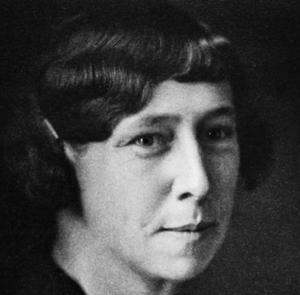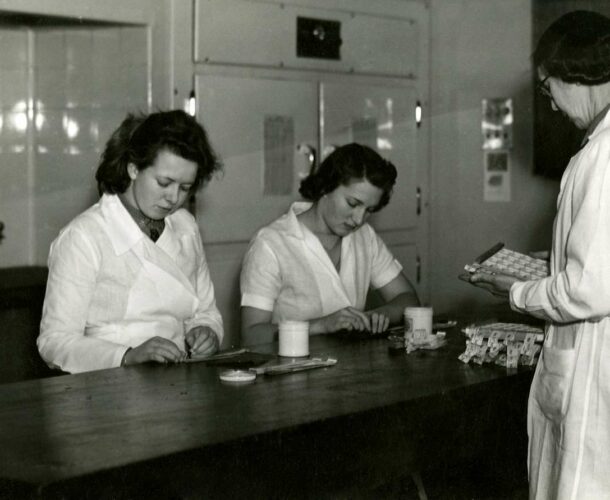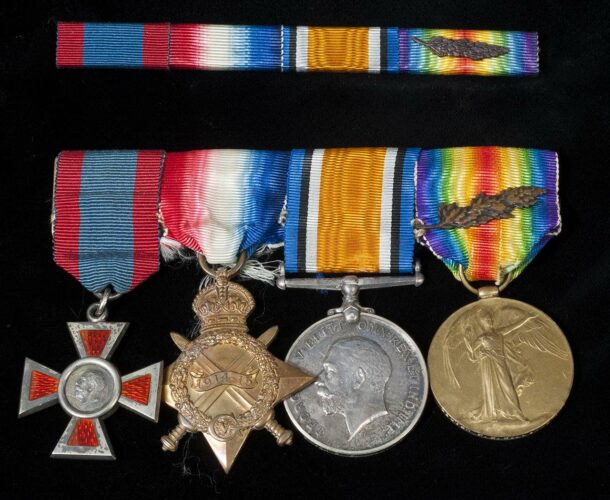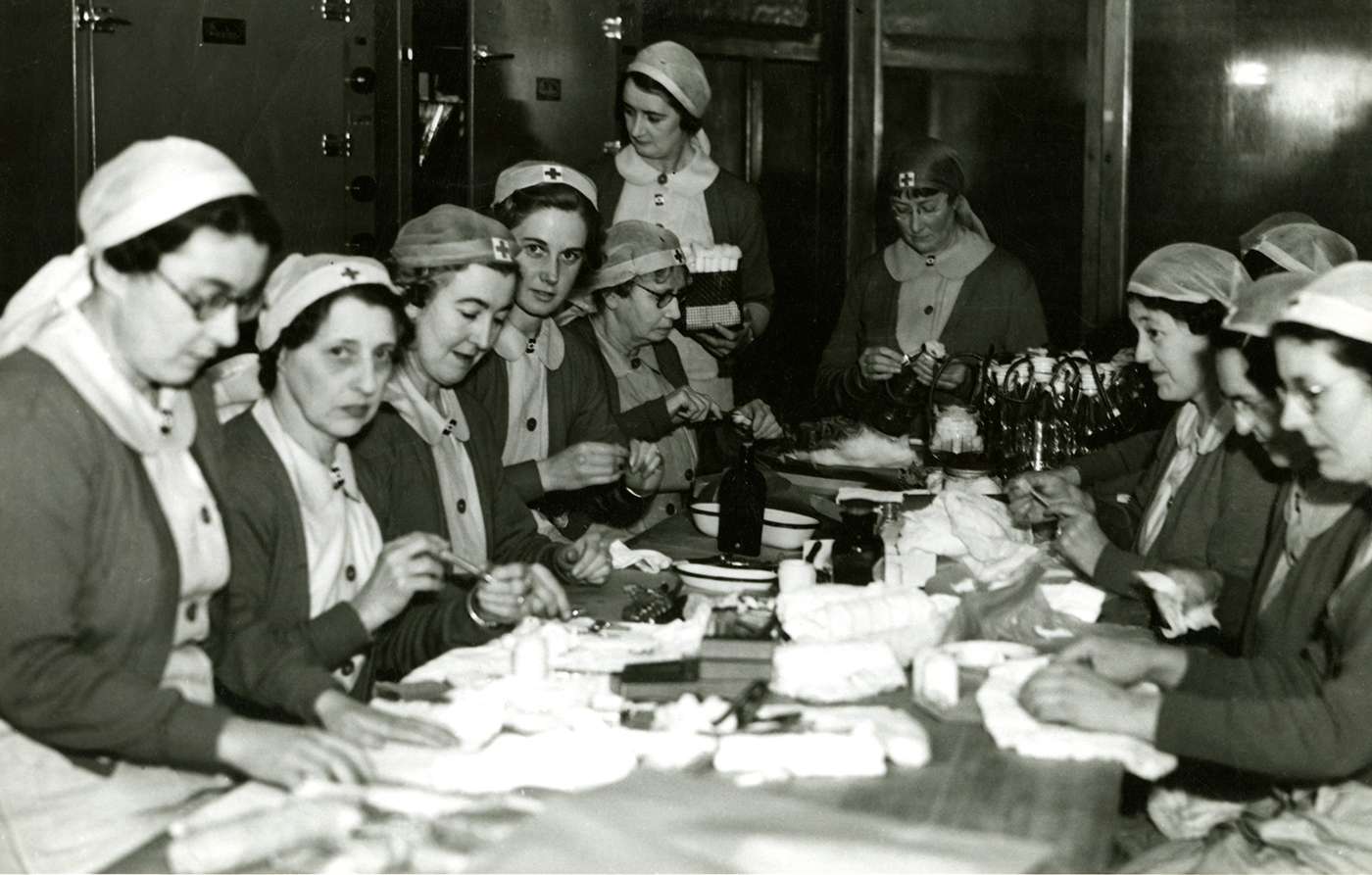Miss Fannie Eleanor Williams is the institute’s first female research scientist, and one of the first three staff members at the institute. In the course of her career she co-authors 55 scientific papers.
Quiet achievements in an extraordinary life
A month before her retirement in 1957, 37 years after she joined the Walter and Eliza Hall Institute, Fannie Eleanor Williams finally received the public recognition she deserved. She was awarded an MBE in the Queen’s birthday honours for her outstanding work as a member of the institute.
Despite the fact that she was the second appointee the director made to the fledgling institute and had been crucial to many of its successes, Williams has until recently been largely ignored by history. Part of this could be attributed to her self-effacing character — for example, she accepted references to the work she did in managing the laboratory as “housekeeping”, although her successor in the role was given the title General Manager. But her low profile could also be due to her gender and her unorthodox path into scientific research.
A pioneer for women in science
Williams did not have a science degree and never enrolled in university studies. She started her career as a nurse at Adelaide Children’s Hospital and very quickly progressed to be sister in charge of the hospital’s Thomas Elder Laboratory. So began her life as a scientist.
In 1911, she obtained a position at the relatively new research laboratory in pathology at Adelaide Hospital, a move that not only made her the first woman to hold such a position in South Australia but changed the direction of her life by initiating her close working relationship with the inaugural director of this laboratory, Dr Trent Champion de Crespigny.
Fannie Williams at war
When Dr de Crespigny went to war in 1914, he asked Williams to join him in active service at the Australian General Hospital, where he was commanding officer. By September 1915, she was in Greece, working with Dr Charles Martin, director of the Lister Institute in London, the only Australian woman in World War I to be sent as a bacteriologist for the troops, many of whom had been wounded at Gallipoli.
Williams and Martin were partners in ground-breaking work in combating dysentery, the cause of great losses on the battlefront. Within months Williams was considered an expert in serological investigations of dysentery and she and Martin co-authored several papers on the devastating infectious disease that were published in the British Medical Journal. This work was instrumental in her being awarded the Associate Royal Red Cross, a high military honour.
Scientific contributions
On her return to Australia at war’s end and on the recommendation of Martin, Dr Sydney Patterson asked her to join the staff of the new Walter and Eliza Hall Institute.
And the firsts kept coming. Not only was she the first woman on staff, but she was the institute’s first bacteriologist and serologist and managed her own laboratory, studying infectious diseases, including hydatid (tapeworm) disease, dysentery and syphilis. Later, in the lead up to World War II, she and Dr Ian Wood established Australia’s first blood bank, having developed techniques that allowed them to store blood for later transfusion.
Before that she had worked closely with Dr Charles Kellaway, the second director of the institute, on snake venom research and co-authored papers with him while still continuing her own laboratory work.
Leadership
Williams was so highly respected that as the institute grew she became responsible for training and managing the technicians. Among one of her trainees was the man who would become one of the most illustrious of Australian scientists, Sir Frank Macfarlane Burnet.
In his book on the work of the institute, published in 1971, he described her as “the centre of common sense and helpfulness around which all the activities of the institute rotated”.
Another of her trainees, June Uren, recalls her as “remarkable, formidable, and posh”, but also unfailingly supportive and encouraging, particularly to women aspiring to a scientific life, among them Dr Margaret Holmes, who would train and support another generation – or two – of instiutte technicians. The standard of the technical training programs Williams initiated and oversaw was widely recognised, as a consequence technical staff from the Walter and Eliza Hall Institute were much sought after by laboratories nationally and internationally.
An enduring impact
Fannie Eleanor Williams died in in 1963, six years after her retirement. The longest serving researcher at the Walter and Eliza Hall Institute was remembered not only as a brilliant bacteriologist but as a warm woman who made welcome all those new to the institute. She undoubtedly influenced the culture of the organisation as it grew from small beginnings, with just three employees, to one of the world’s leading research institutes.






